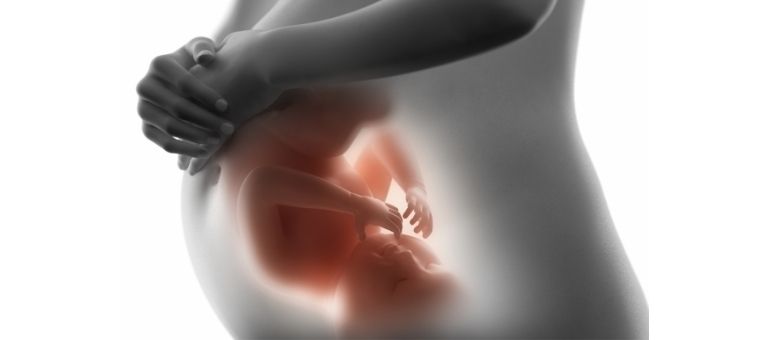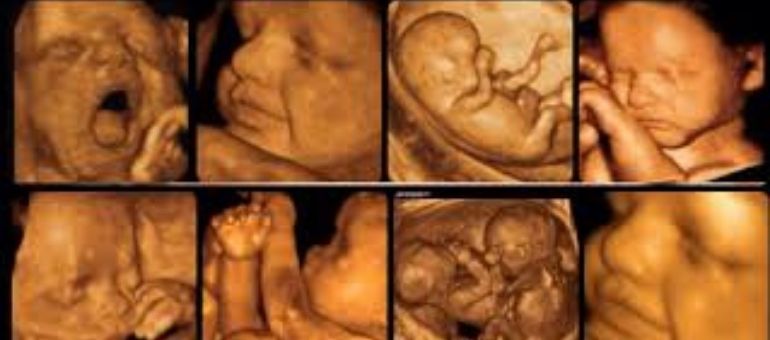The constant work of facial expression muscles, the aging effects of sunlight, loss of subcutaneous fat, gravity, and smoking are the reasons for wrinkles on the skin’s surface. As the skin’s production of hyaluronic acid decreases, it loses its elasticity and vibrancy, resulting in wrinkles.
WHAT ARE DERMAL FILLERS USED FOR AND HOW ARE THEY DIFFERENT FROM BOTOX?
Besides eliminating wrinkles and aging lines, they are also used for cosmetic procedures that shape the lips and face. While Botox weakens facial expression muscles to reduce wrinkles, dermal fillers add volume to correct fine wrinkles and loss of facial volume.
HOW ARE DERMAL FILLERS APPLIED, AND WHAT ARE THE MOST COMMON TYPES?
Dermal fillers are injected under the skin to correct the breakdown and depressions in collagen and elastin fibers caused by gravity, excessive sunlight, and moisture loss over time. The most commonly used fillers are derivatives of hyaluronic acid, calcium hydroxylapatite, and polycaprolactone.
WHAT ARE THE TYPES OF FILLERS?
HYALURONIC ACID FILLERS
The most common type of filler we use is a preparation of hyaluronic acid and a physiological serum prepared as a pH 7 gel. The hyaluronic acid in these fillers is not animal-derived. Therefore, it does not carry risks of transmitting animal-related diseases (like mad cow disease, etc.). Since hyaluronic acid is a substance found naturally in our body, the chance of an allergic reaction is very low.
CALCIUM HYDROXYLAPATITE FILLER (RADIESSE)
This filler has a longer-lasting effect (18 months) compared to hyaluronic acid and stimulates the production of natural collagen in our skin. It is used especially for treating deep lines, facial contouring, and hand rejuvenation.
POLYCAPROLACTONE FILLER (ELLANSE)
Polycaprolactone (PCL) is a tissue-compatible substance and an injectable filler derivative within a carrier gel. The carrier gel is absorbed within a few weeks after the treatment. The PCL directly affects the area with wrinkles or volume loss, stimulating the production of new collagen. PCL-based fillers provide a lasting effect of 2 to 4 years. It is a filler safely used for moderate to deep wrinkles, facial shaping, and hand rejuvenation.
WHICH AREAS CAN BE TREATED WITH FILLER INJECTIONS?
- Nasolabial folds (lines that run from the sides of the nose to the corners of the mouth)
- Wrinkles around the mouth
- Lines extending from the corners of the mouth to the chin
- Lines on the forehead and between the eyebrows
- Defining the cheekbones
- Nose reshaping and lifting
- Enhancing lip shape and volume, and correcting asymmetrical lips are the main uses.
HOW LONG DOES THE PROCEDURE TAKE AND IS IT PAINFUL?
It takes an average of 15-20 minutes. For people with a low pain threshold, the procedure is completed very comfortably with the application of a local anesthetic cream. Temporary mild redness may occur in the treated area.
CAN I RETURN TO MY DAILY LIFE AFTER THE TREATMENT?
You can comfortably return to your daily life immediately after the treatment.
WHAT ARE THE SIDE EFFECTS OF FILLER INJECTIONS?
Side effects are rare and, when they do occur, they quickly fade. Temporary swelling, redness, bruising, and tenderness may be observed in the treated area.
WHEN DO THE EFFECTS BEGIN AND HOW LONG DO THEY LAST?
The effects are visible immediately after the treatment. The duration depends on the type of filler used: 6 months to 1 year for hyaluronic acid derivatives, an average of 18 months for calcium hydroxylapatite, and 24-36 months for PCL.






